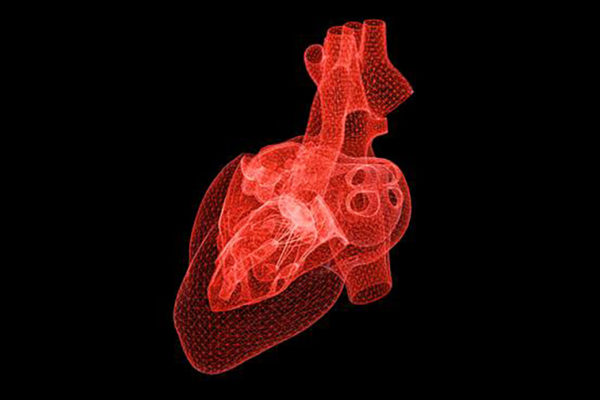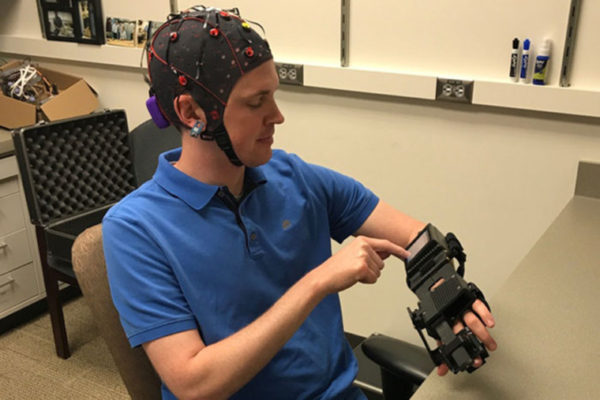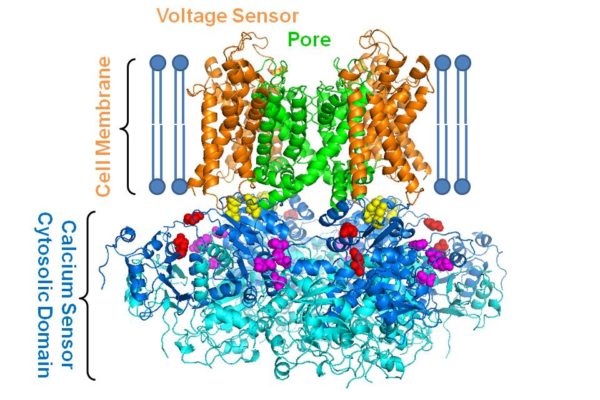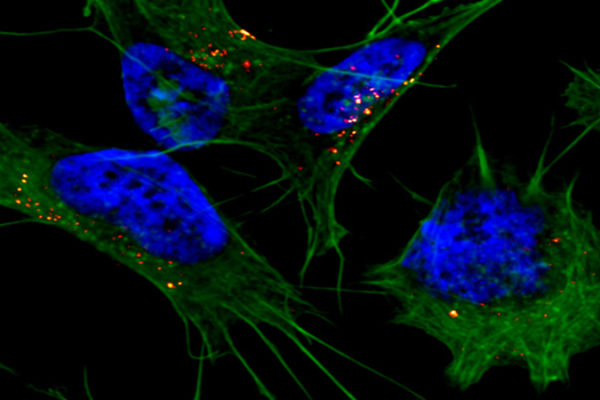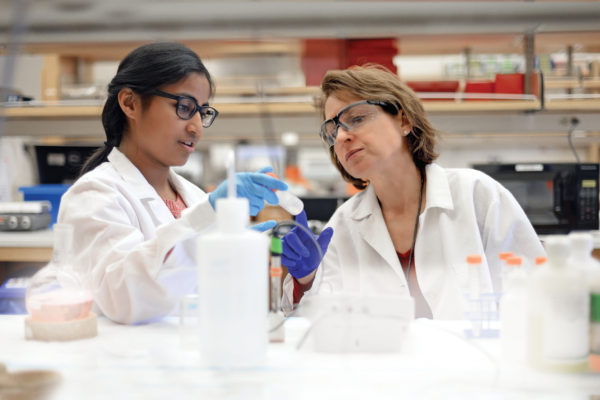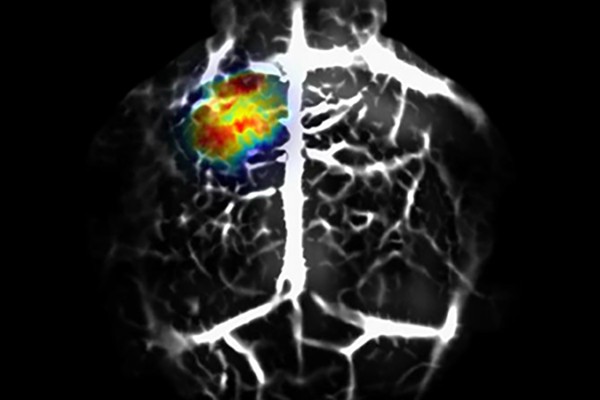An ‘unprecedented look’ into the protein behind hypertension, epilepsy and other conditions
The seemingly unrelated conditions of hypertension, epilepsy and overactive bladder may be linked by electrical activity in a protein long studied by a biomedical engineer at Washington University in St. Louis. After new technology recently revealed the structure of the protein, his lab will collaborate with two others to take an unprecedented look into its molecular mechanisms, potentially leading to the development of new drugs for these and other conditions.
Mind-controlled device helps stroke patients retrain brains to move paralyzed hands
Stroke patients who learned to use their minds to open and close a device fitted over their paralyzed hands gained some control over their hands, according to a new study from Washington University School of Medicine in St. Louis
How molecular function affects high blood pressure, other diseases
By changing one small portion of a stimulus that influences part of one molecule’s function, engineers and researchers at Washington University in St. Louis have opened the door for more insight into how the molecule is associated with high blood pressure, autism and movement disorders.
The shape-shifting protein behind Alzheimer’s disease
New research from Washington University in St. Louis shows that the protein behind Alzheimer’s disease shape-shifts, changing its internal structure in order to infiltrate brain cells and become toxic.
Back to health
Biomedical engineer Lori Setton’s collaborative research is pioneering new ways of providing relief to those who suffer neck and back pain.
Flipping the switch to better see cancer cells at depths
A team of engineers, led by Washington University’s Lihong Wang and postdoctoral researcher Junjie Yao, found that by genetically modifying glioblastoma cancer cells to express BphP1 protein, derived from a bacterium commonly found in soil and water, they could clearly see tiny amounts of live cancer cells as deep as 1 centimeter in tissue using photoacoustic tomography.
Device developed at Washington University may allow sensations in prosthetic hands
To the nearly 2 million people in the United States living with the loss of a limb, prosthetic devices provide restored mobility, yet lack sensory feedback. A team of engineers and researchers at Washington University is working to change that so those with upper limb prosthetics can feel hot and cold and the sense of touch through their prosthetic hands.
Sakiyama-Elbert completes leadership program
Shelly Sakiyama-Elbert, PhD, of the School of Engineering & Applied Science at Washington University in St. Louis, recently graduated from Executive Leadership in Academic Technology and Engineering (ELATE) at Drexel University, a professional development program for women in academic STEM fields.
Biomedical engineer named to College of Fellows
Mark Anastasio, PhD, professor in the School of Engineering & Applied Science at Washington University in St. Louis, has been elected to the American Institute for Medical and Biological Engineering’s College of Fellows in recognition of his important contributions to biomedical engineering.
Improving imaging of cancerous tissues by reversing time
Lihong Wang, PhD, the Gene K. Beare Distinguished
Professor of Biomedical Engineering at the School of Engineering &
Applied Science is applying a novel time-reversal technology that allows
researchers to better focus light in tissue, such as muscles and
organs.
View More Stories
